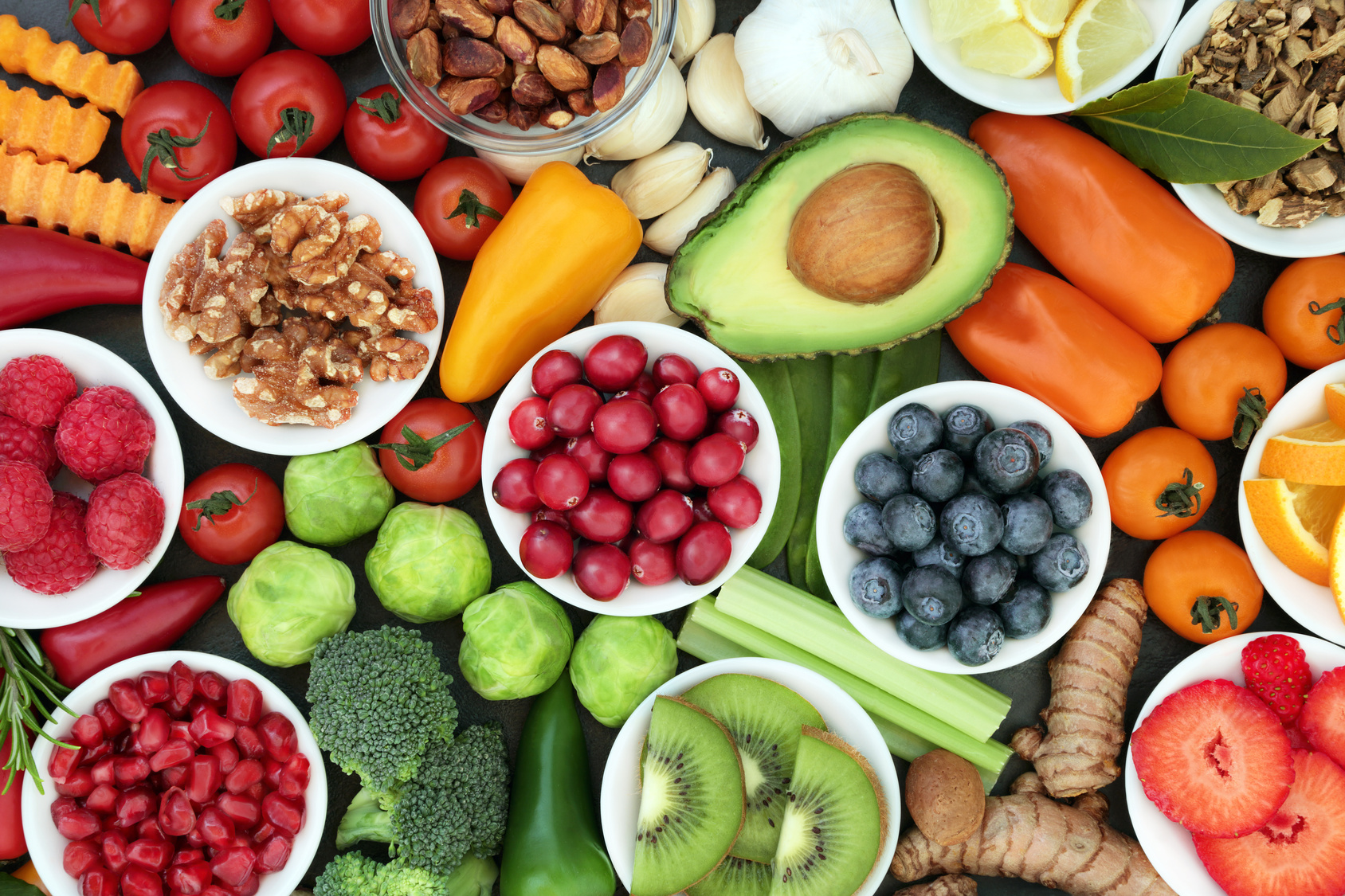
By Dan Barcelon- Non-Athlete Fitness,
Organic foods are everywhere. Vegetables, fruits, grains, dairy, and meats are a given. Nowadays you can find nearly any junk or convenience food marked with a big fat organic label too.
Organic ice cream?
Organic cookies, cakes, and pies?
Organic deep-fried chicken?
They’re healthy because they’re organic, right? Of course not.
We’re not here today to bash all organic food though. We’re here to assist you with research, definitions, and valuable information to guide you so that you can make an informed decision on organics.
There’s a lot of misinformation and grey areas to cover. Are you ready? Let’s decode the world of organics.
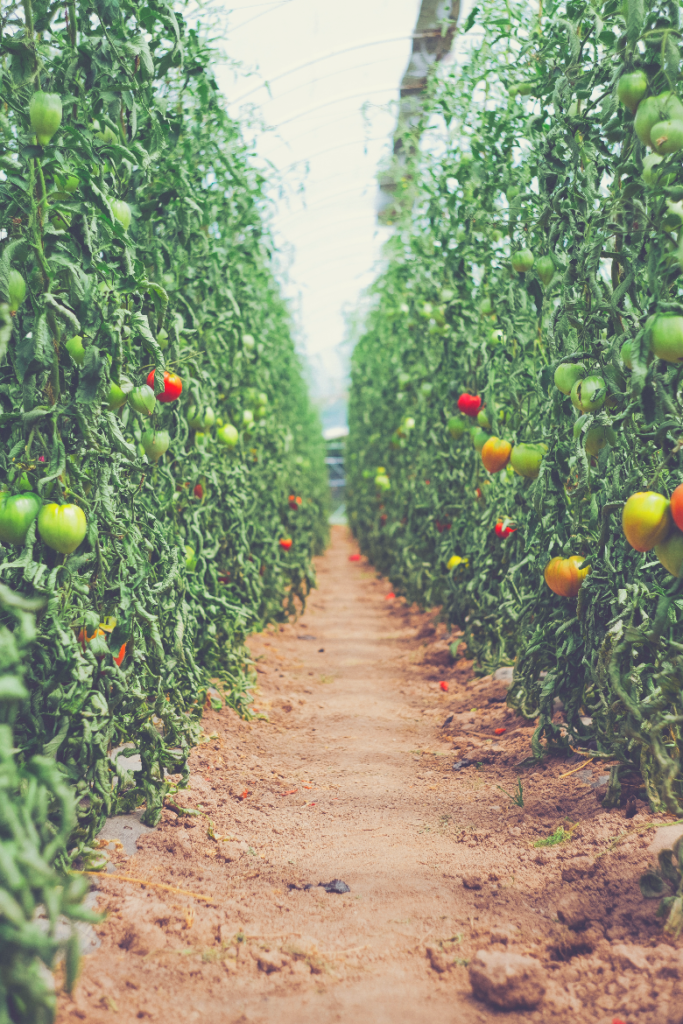
WHAT YOU REALLY NEED TO KNOW ABOUT “ORGANIC”
The USDA is the only governmental body that can determine eligibility for their seal. Their rules are stringent, but they do employ a full board and open door policy that allows farmers, consumers, and businesses a voice.
Any deviation from the rules means a company, farmer, or grower can’t call themselves or their products organic. They do offer a few exceptions, such as for research.
However, the tight guidelines can make it difficult for small and medium farms to afford and fully comply. It’s not always about raw cost and fees.
For example, a farm uses organic principles, but neighboring conventional farms halt them from receiving organic certification due to contamination. Keep this in mind because we’ll bring this point up again.
WHAT THE USDA DOESN’T ALLOW:
• Synthetic fertilizer
• Sewage or sludge
• Most synthetic pesticides
• Irradiation
• Genetic engineering of any kind
• Non-organic feeds for livestock
• Antibiotics except when an animal is ill
• Growth hormones
WHAT THE USDA ALLOWS:
• Crop rotation
• Livestock manure, green manure, and compost
• Mulch
• Insect traps
• Natural pesticides and synthetic pesticides approved for organic farming
• 30% pasture feeding for livestock and outside access
• Proper living conditions
• Organic animal feed
• Vaccinations
ORGANIC FOOD VS. LOCALLY-GROWN FOOD
In the US, for a farmer or company to sell certified organic products, they must meet the standards of the United States Department of Agriculture. If an item claims to be organic or “organically grown”, but it doesn’t carry the seal, you’ll be gambling.
We see these signs mostly at farm stands from small farmers. They might not be able to afford the cost of entering the USDA organic program for certification or otherwise not meet the criteria.
Talk with the farmer. Inquire about their practices for pesticides and herbicides. Ask about their neighboring farms if applicable. Pesticides can travel, but locally grown produce can be closer to organic than conventional varieties.
Another advantage to locally grown is you’ll support your neighborhood farmer. Sharing your thoughts and concerns with them might guide them to make better choices for their crops and the environment too.
GMOS AND PESTICIDES
WHAT ARE GMOS?
Genetically modified organisms (GMO) are engineered foods, animals, and microorganisms. Scientists make them in a lab. They splice genes from other foods, bacteria, virus, animals, and organisms and combine them with seeds for farmers to grow.
In other words, they create seeds and foods that can’t occur in nature. It is not the same as selective breeding or manipulated cross-pollination.
You will find them mostly hiding in prepackaged foods, and at this time, the government doesn’t require companies to place it on the label. This is a bane for those with food allergies and some illnesses, such as celiac disease. You have no way of knowing what scientists have used to create their GMO crop.
Are they safe? Currently the government grants them a status called generally recognized as safe (GRAS).
To date, we have no long-term studies on human or animal consumption to support their inclusion into the food chain. This status also doesn’t account for the environmental and economic impact of GMO crops.
However, GMO ingredients have no place in USDA certified organic foods.
PESTICIDES
In a perfect world, pests and weeds would leave farmers and gardeners alone. We don’t live in that world, so our options are to spray for pests and do our best to control weeds.
Organic farming uses natural, non-toxic, and environmentally friendly methods. Farmers can use a small selection on synthetic pesticides in last resort situations only, and they generally can’t sell their produce as organic if they do.
Synthetic pesticides, even at low doses, can wreak havoc on your body. Many can trigger neurodegenerative diseases, like Parkinson’s or Alzheimer’s. Other pesticides have a direct link to cancer and infertility.
Breathing, eating, and drinking pesticides is something the average American does every day without knowing it. Substituting organics in your diet can alleviate some of that exposure.
CAN’T YOU WASH OR PEEL AWAY ALL PESTICIDES?
No.
We’ve heard this rebuttable a lot to the organic movement. However, science and the EPA clearly disagrees.
Some pesticides can be in the flesh of fruits and vegetables. This is common in thinner-skinned produce and animal fat. Plus, many nutrients and vitamins are in the skins. Peels also contain fiber and antioxidants.
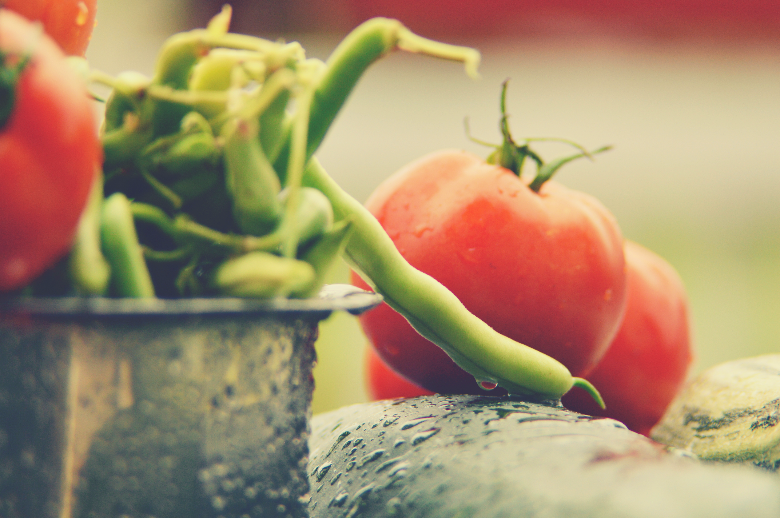
UNDERSTANDING ORGANIC LABELS
• USDA Certified Organic—Seal allowed
• Made with 95% Organic Ingredients—Seal allowed
• Made with Organic Ingredients—No seal allowed
However, the guidelines vary for prepackaged organic food. A box of organic cereal only has to contain 95% organic ingredients to carry the seal.
According to the USDA, foods with at least 70% organic ingredients can carry an organic label. However, they can’t display the organic seal. These foods might say, “Made with Organic Corn,” for example.
Companies are free to list their organic ingredients, such as organic sugar on the nutrition label. They can’t advertise it on the front of their packaging or use the official seal.
Keep in mind some parts of the food industry have separate rules. Seafood can’t be organic under current guidelines. Alcohol can carry an organic seal, but they have different guidelines set by the federal advisory board.
FURTHER DECODING EGG, MEAT, AND SEAFOOD LABELS
When we first began our organic research, we faced marketing terms left and right. Cage free, vegetarian fed diet, free range, grass fed, certified humane, and wild caught are terms you likely know already.
Did you know that none of these are organic?
We quickly discovered that some mean nothing (see “natural” below) while others have third-party regulation.
WHAT DOES CAGE FREE MEAN?
Yes, this means chickens aren’t cooped up in cages. It also doesn’t mean they’re running around grassy hillsides pecking at bugs. They might only have limited outdoor access if at all.
WHAT IS A VEGETARIAN FED DIET?
This marketing term graces cartons of eggs and packages of chickens. It sounds great at first glance, doesn’t it?
Wrong.
Chickens eat vegetables, true. However, chickens love bugs. Insects provide them with nutrients, exercise, and play. A chicken fed a vegetarian diet also has zero access to the outdoors.
WHAT IS FREE RANGE?
Okay, this term does hold value. It means the livestock has adequate room to roam when weather and season permits. Their diet will be mostly forage with animal feed supplements.
Non-organic free range meat, eggs, and dairy are the next best choice to certified organic.
WHAT IS GRASS FED?
You can find two meanings for this term, and it can coincide with free range. For example, often free range cattle receive a grain filled fattening period before butchering.
Why?
True grass fed and finished cows are lean.
What does it mean for the animal? They might spend a good deal of their life roaming free and noshing on grass, but their last few months will be in a feed lot.
What does it mean for consumers? Unless your beef is organic, the cows likely consumed a large portion of GMO feed. Your expensive grass fed beef is now no healthier than conventional meat.
On the other hand of the term, you don’t have to worry about marketing gimmicks with grass fed butter and dairy products.
WHAT IS CERTIFIED HUMANE?
While not perfect, the organization behind this seal does help protect animal welfare. Farmers have many standards they must meet and uphold. Some regulations might not sit well or meet your definition of humane.
The label also means nothing in terms of organic.
WHAT IS WILD CAUGHT
Currently the USDA has no regulations for fish and seafood in determining organic. This leaves you with fisheries and wild caught operations.
Be wary of fisheries. We won’t say avoid, but do your homework and ensure they use sustainable practices and don’t feed their fish GMO food. It does occur, and many fisheries use soy-based formulas.
Wild caught labeling means exactly as it says. Still, look into companies. They should still use sustainable practices, such as not overfishing, eco-friendly traps, or old fashioned hook and lines.
IS NATURAL THE SAME AS ORGANIC?
Yes and no.
Organic whole foods are most certainly natural. USDA certified organics are natural too. However, no government body regulates the word natural. Natural labeled foods can still contain unnatural and unsafe ingredients and preservatives, such as high fructose corn syrup and BHT.
BENEFITS OF “ORGANIC”
A large review of existing data shows numerous, scientifically backed value in consuming organic foods for health, safety, sustainability, and the environment. The study review addresses current concerns, such as the growing antibiotic resistance.
HEALTH BENEFITS
• Less pesticide and toxic heavy metal exposure
• No GMOs to worry about
• More healthy fats in organic meat, dairy, and plants
• No antibiotics or synthetic hormones
• Some organic foods pack higher antioxidant values
• Organic produce is often fresher
• People who buy organic whole foods tend to be healthier than those who don’t, which leads to a decrease in chronic disease
ENVIRONMENTAL BENEFITS
• Fewer pesticides released into the water supply, air, and soil, and fertilizers have a lower toxic profile
• Fewer heavy metals
• Sustainable without genetic engineering
• Improved animal treatment, shelter, and diets; conventional feeds contain GMO ingredients not allowed in organic livestock food
• Biodiversity for improved soil and pest management
• Crop rotation reduces the need for fungicides
• Less soil erosion
• Addresses climate change by reduction of non-renewable resources
SHOPPING FOR “ORGANIC”
RECEIVING THE BEST BANG FOR YOUR BUCK WHEN SHOPPING ORGANIC
Organic foods do tend to be pricier than their conventional counterparts. However, consumer costs have lessened in recent years. Demand is one explanation, but you also have store and private labels producing organic food too.
ORGANIC FOOD BUYING TIPS
• Shop around and compare prices, including online
• Buy in season produce
• Buy frozen organic fruits and vegetables
• Support local organic farms
• Join a co-op
• Consider a buying club or start your own
• Look for bulk purchases of non-perishable staples
• Don’t forget about coupons
• Eat less meat and more plant proteins and fats
• Start a garden
• Don’t discount organic store brands
• Limit organic junk food; bake your own instead
• Buy wild caught fish and seafood or farmed from eco-friendly sustainable fisheries
WHERE TO SHOP FOR ORGANIC FOOD
• Supermarket
• Health food stores
• Big box retailers
• Online stores
• Local farms
• Farmers markets
• Your backyard if you garden organically
IS “ORGANIC” REALLY BETTER?
With the growing concerns on pesticide exposure, antibiotic resistance, and the negative environmental impact of feed lots and mass conventional and GMO farming, yes. Organic foods are better for your body and the environment.
However, we can only really compare whole food diets in terms of healthfulness.
If you’re swapping regular nacho chips and French fries for organic versions, you’re not going to see major health benefits. Another example is someone who eats vegan, which can be healthy, but they eat mostly processed vegan meals and snacks.
If you’re serious about making the switch to organic, you should analyze your diet too. No one will deny you an occasional snack or unhealthy indulgence, but if your daily fare consists of convenience foods, the cost you’ll spend on organic equivalents will be much higher and with little benefits.
FITTING ORGANIC FOODS INTO YOUR LIFE
Cost is the largest hurdle most people face when swapping over to organics. We feel a base whole food diet with little junk will give you an easier transition without sacrificing health benefits. It’s also cheaper too if you follow the previous tips.
THE DIRTY DOZEN
• Strawberries
• Apples
• Peaches
• Bell peppers
• Potatoes
• Grapes
• Lettuce
• Kale, spinach, and collards
• Blueberries
• Celery
• Nectarines
• Cherries
According to PBS.org, you should aim to eat from the dirty dozen list only when organic because they contain pesticides after washing and peeling from upward of 67 sources. Be sure to continue washing your produce even if it’s organic.
THE CLEAN 15
• Sweet corn (non-GMO)
• Frozen sweet peas
• Onions
• Papayas (non-GMO)
• Eggplant
• Kiwi
• Cantaloupe
• Asparagus
• Honeydew melon
• Mushrooms
• Broccoli
• Cabbage
• Pineapples (non-GMO)
• Avocado
• Cauliflower
The Environmental Working Group compiled a list of produce that you can consume from conventional or locally grown sources without risks of pesticides. Pineapples, papayas, and sweet corn GMO varieties can lurk in markets, so if you want to avoid them, buy organic.
NON GMO PROJECT VERIFIED
For conventional prepackaged goods that are not organic, you can look for the Non GMO Project verified seal. They are a non-profit organization companies can submit their products to for testing.
The not for profit tests their source materials for GMO contamination, including meat, eggs and dairy. Animal sourced ingredients can contain contamination from the foods they ate when alive too.
While it’s not as good as organic or food you grow in your backyard, the Non GMO Project can make it easier when you’re on a budget, transitioning to organic foods, or you can’t find an organic equivalent.
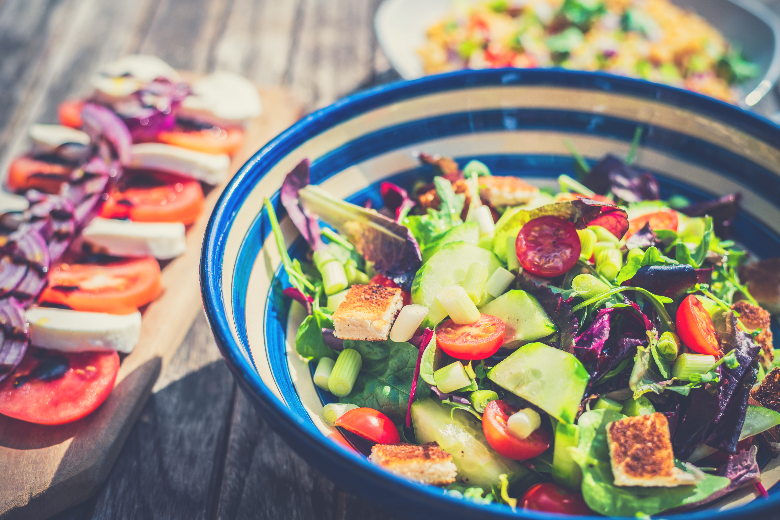
CLOSING THOUGHTS ON ORGANIC FOOD, YOUR HEALTH, AND THE ENVIRONMENT
We found health and environmental reasons to eat more organic foods. The low doses of pesticide residue can and do cause harm to adults. Children will be more susceptible too.
Environmentally, organic farming makes sense. It’s better for our soil, the animals, the air, and our water supply. These time tested techniques can produce greater yields too, and they manage pest control without poisoning us with unnecessary (and more dangerous) pesticides and untested GMO technology.
However, if you have no room in your current budget for organics, we’ll be the first to say that conventional whole foods are still better than avoiding them completely.
Take baby steps with the dirty dozen, use our money-saving tips, start a garden, shop organic when possible, and ease forward into the nutritious and delicious world of organic food.
Source: http://fitnessfornonathletes.com
Disclaimer: We at Prepare for Change (PFC) bring you information that is not offered by the mainstream news, and therefore may seem controversial. The opinions, views, statements, and/or information we present are not necessarily promoted, endorsed, espoused, or agreed to by Prepare for Change, its leadership Council, members, those who work with PFC, or those who read its content. However, they are hopefully provocative. Please use discernment! Use logical thinking, your own intuition and your own connection with Source, Spirit and Natural Laws to help you determine what is true and what is not. By sharing information and seeding dialogue, it is our goal to raise consciousness and awareness of higher truths to free us from enslavement of the matrix in this material realm.
 EN
EN FR
FR







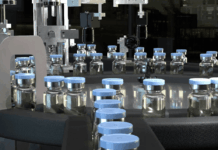


















ORGANIC food is like RELIGION it makes you happy believing in something it is no true.Lots of organic food you can not grow without mineral fertilizers,which have been approved by organinazi.Did you see organic clouds with pure clean rain looking for organic farm to drop their pure load.Clouds are full of toxins from volcanic ash man made pollution and toxins from soil evaporation.Our planet is organic,in my way of believing even a car is organic as all ingredients to make car is from this planet,they just mixed in inorganic way.As for detoxifying if you do not eat or drink anything you still inhale toxins with every breath you take.Wormwood and black radish will remove toxins from your body,but wont cure anything.
My good friend has an organic olive farm. He just hates the organic regulators coming around with their little ‘clip board’ checking things off when he’s got his hands in the good soil all day long – so he quit getting “organic certified” due to the expense with his small farm. So now he calls it “Wild Crafted” ! He uses same exact protocols as Cert organic with out getting ripped off. I love it when there’s always another way to get around the BS regulations! Yay! Best olive oil ever, too!
The most important thing this article missed is the fact that the USDA does not require actually testing the products claimed to be organic. Project Camelot just interviewed a “USDA certified organic produce inspector”. What a revelation! I almost fell off my chair. I thought the process of certifying something is organic is more stringent than what this guy revealed. Certifying a product as organic is all based on “record keeping”. The producers keep very, very good records, just like Bernie Madoff, who kept such good records that the SEC was initially in awe of his meticulous record keeping until they found out what he really was up to. This also reminds me of the Healthcare Cartel I retired from where the hospital supervisor would be running around like a chicken with its head cut off, asking people to initial this and initial that to show that inspections were done on certain dates that were not in fact done. All to show “meticulous” record keeping to get the accreditation the hospital needed. This guy goes on to say that most of the organic products in the market come from China, and guess what…..they use the same method of certifying products as organic like we do here in America. I went to bed that day with severe GI reflux from being so upset. I also renewed my resolve to eat mostly from what I have grown in my own garden. But the controllers are busy terraforming our planet to make this also impossible in the short run..
Thanks! I’m gonna translate it for my website. Lately I was informed by ‘my’ shaman about white food: white sugar, white salt, white rice and white flour. I discovered white flour is in everything, like white sugar, just a pinch. Today I bought chips, paprikachips, though that doesn’t matter. What was in it??? White flour. Sick world. But I don’t give up. It’s already sick enough without that white things. Shaman says it stops from leaving 3D. Imagine. Brrrrr.